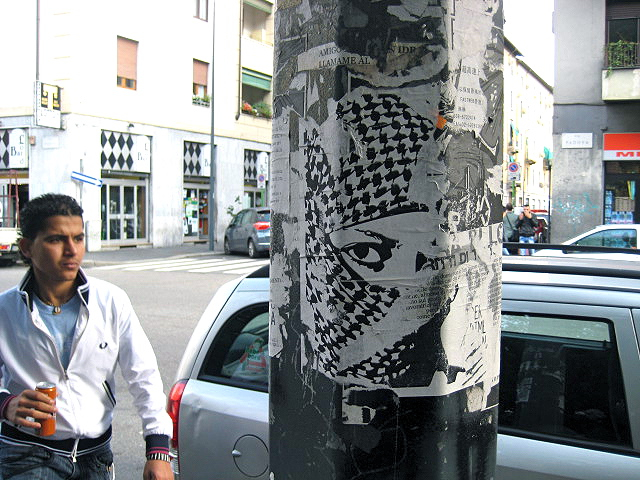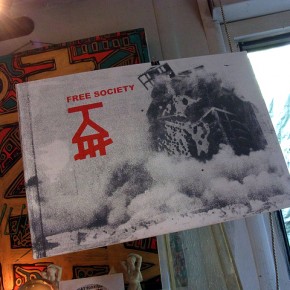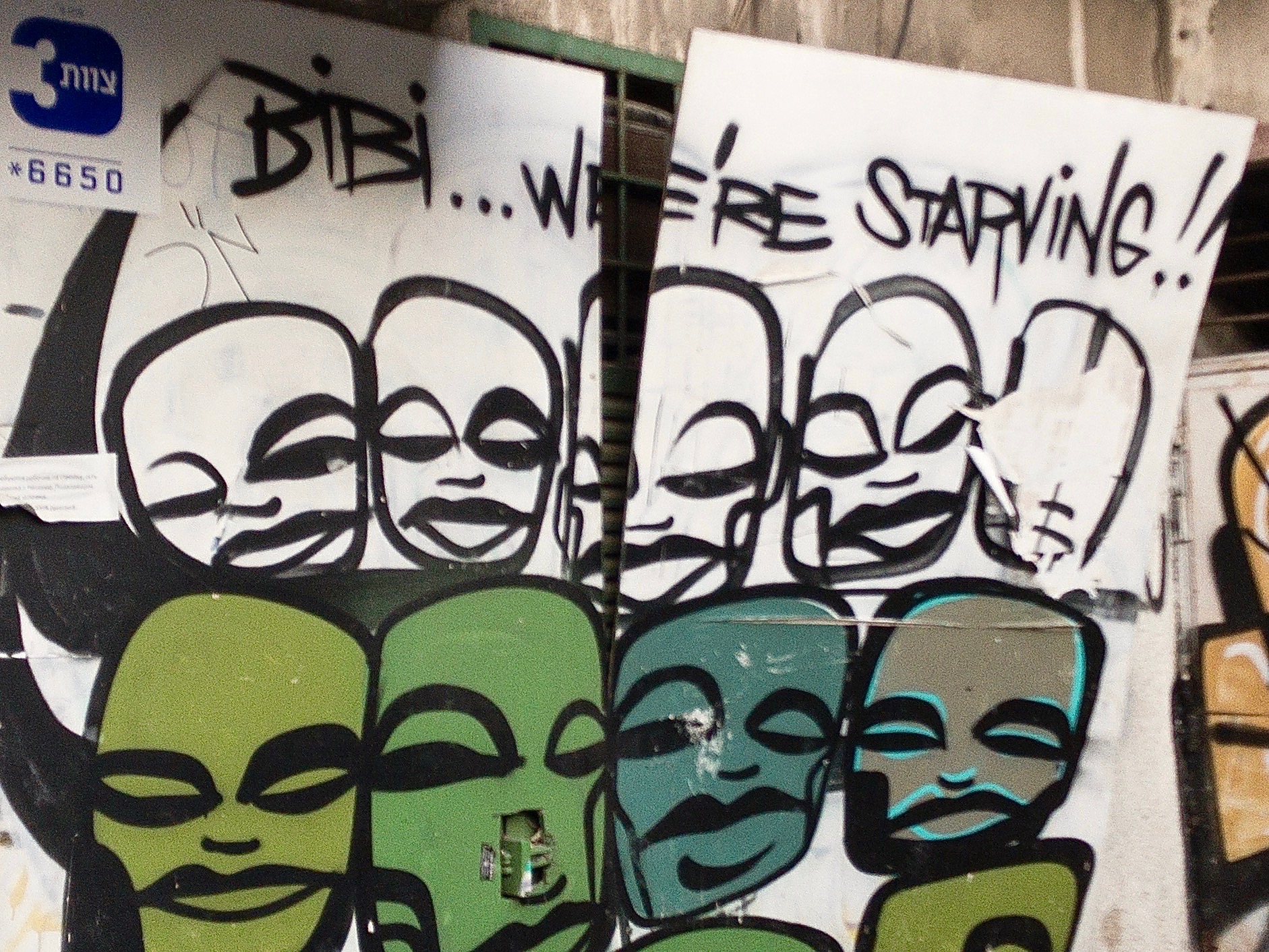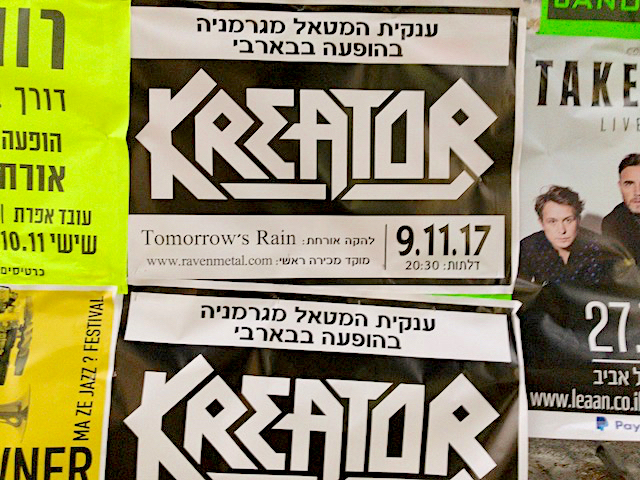The Islamophobia Industry begins with a quote from the 1949 musical, South Pacific: “you’ve got to be taught to hate and fear, you’ve got to be taught from year to year. It’s got to be drummed in your dear little ear, you’ve got to be carefully taught.” The implication, which runs throughout Nathan Lean’s new book, is nonetheless a hopeful one. The Islamophobia Industry contends that anti-Muslim sentiment is not a naturally occurring prejudice, but an archetypal conspiracy theory promulgated by extremists.
To this end, Lean links anti-Muslim agitation linked to historic anxieties about foreign manipulation and international conspiracy in the United States, comparing it to fears of the Illuminati and Jacobin revolt in the 18th century, the Know-Nothings in the 19th century, and the Red Scare in the 20th century. Richard Hofstadter’s theory of the ‘paranoid style‘ in American politics is key to his analysis, Islamophobia being the most recent instantiation of this impulse to scapegoat.
Unsurprisingly Pamela Geller, the Park51 controversy, televangelism, and Zionist-Evangelical relations, are invoked. However, it is Lean’s discussion of the US right’s growing influence abroad (in Europe and Israel, in particular) and at home (American foreign policy) that is the most informative. Racism continues to flourish in the the US, despite government successes in punishing the bad guys, such as assassinating Osama Bin Laden and his lieutenants. Cut off the snake’s head, so to speak, and the demand for more sacrifices only grows.
The Islamophobia Industry’s main weakness, however, is its limited attention to white identity politics, and how that set the stage for contemporary intolerance of Muslims. Beginning with the 1979 Iran hostage crisis, anti-Islamic invective grew in the United States, side by side with the upsurge of patriotism during the Reagan years, and the remarkable growth of the religious right. Within five years of the Vietnam War, America had a new enemy, this time, in the Middle East. Subsequently, the Iranian Other developed into the Islamist Other, with Osama Bin Laden eventually succeeding Ayatollah Khomeini. It would have been helpful to look at how this evolving stigmatization of Muslim figures related to changes in white American identity, particularly given the kinds of demographic changes taking place in the United States during over the last three decades.
Curiously, Lean only mentions racism towards blacks in respect to the House on Un-American Activities Committee, which in 1967 began to link race riots to Communist infiltration. This is to the detriment of his overall argument. American racism remains committed to the idea of whiteness, which, since the 1970s, has accommodated itself to multiculturalism by demanding that minorities surrender any sense of distinctiveness. (Franz Fanon’s ‘white mask’ over ‘black skin’ comes to mind. The white mask, in this instance, merely signifies an identification with the culture, and values of America’s historic elites.)
American conservatives have been remarkably adept at adapting irrational discussions about threats to the white (often stated as “American,” “European,” and even “Jewish”) community. Lean alludes to this in discussing renewed interest in monster movies in recent years. Apocalyptic visions of Islamic militarism always seem to rotate around predominantly white characters hopelessly defending America from seemingly alien creatures, intent on its destruction.

Within this framework, America’s obsession with Islam has always been grounded in the belief that it somehow challenges the structure and mores of Western civilization. Islam is synonymous with violence. It has a questionable relationship to capitalism. It is anti-democratic (read ‘Islamo-fascist.) Lean quotes a 1990 National Review article by Daniel Pipes in with he states that Muslim immigrants are “most resistant to assimilation,” and one must crucially reflect on what ‘assimilation’ actually means. It is in this fashion that Islam has replaced Communism as a threat to Western civilization, with arguably more anguish, as it is more insidious than the institutionally-bound values of the late Soviet state.
It would have also been helpful to note this in respect to anti-Muslim trends in Europe, which hinge upon parallel ethnic and cultural anxieties. ‘European’ identity (whatever that really means) is incompatible with Islam, because Islam remains a slave religion, with no relationship to liberalism, or modernity. In continuing to cast Muslims as backwards and inferior, and to regard them as a security issue rather than social problem, conservatives continue to replicate old colonial relationships domestically with European and migrant Muslims.
Returning to the United States, it would have been similarly helpful to demonstrate explain how the militarization of government relations with Muslim Americans has been influenced by its vaunted prison industrial complex. What I am thinking of, in particular, is how the racist treatment of black Americans, by law enforcement authorities has been extended to Muslims. Is there any ideological difference, in this light, between Guantanamo Bay and Pelican Bay? Both prisons are sites of mass incarceration of persons of color, many with questionable offenses. Not all, obviously. You get the idea.
Certainly, aggressive harassment of American Muslims by law enforcement has become more the norm than not. In this sense, it most definitely recalls the routine harassment of African Americans, which, historically precedes it. This is one of the factors that leads many activists to conclude that Islamophobia is contingent upon a ‘blackening’ of Muslim Americans. Such a discussion of color would be helpful in fleshing out Nathan Lean’s analysis of racism.
Such limitations aside, The Islamophobia Industry is an enormously enlightening work. Its deficits are only a reflection of how penetrating it is. I can think of few works of its kind, as accessible and well written. Here’s to Lean building upon this achievement, in future works.
Photographs courtesy of Joel Schalit





